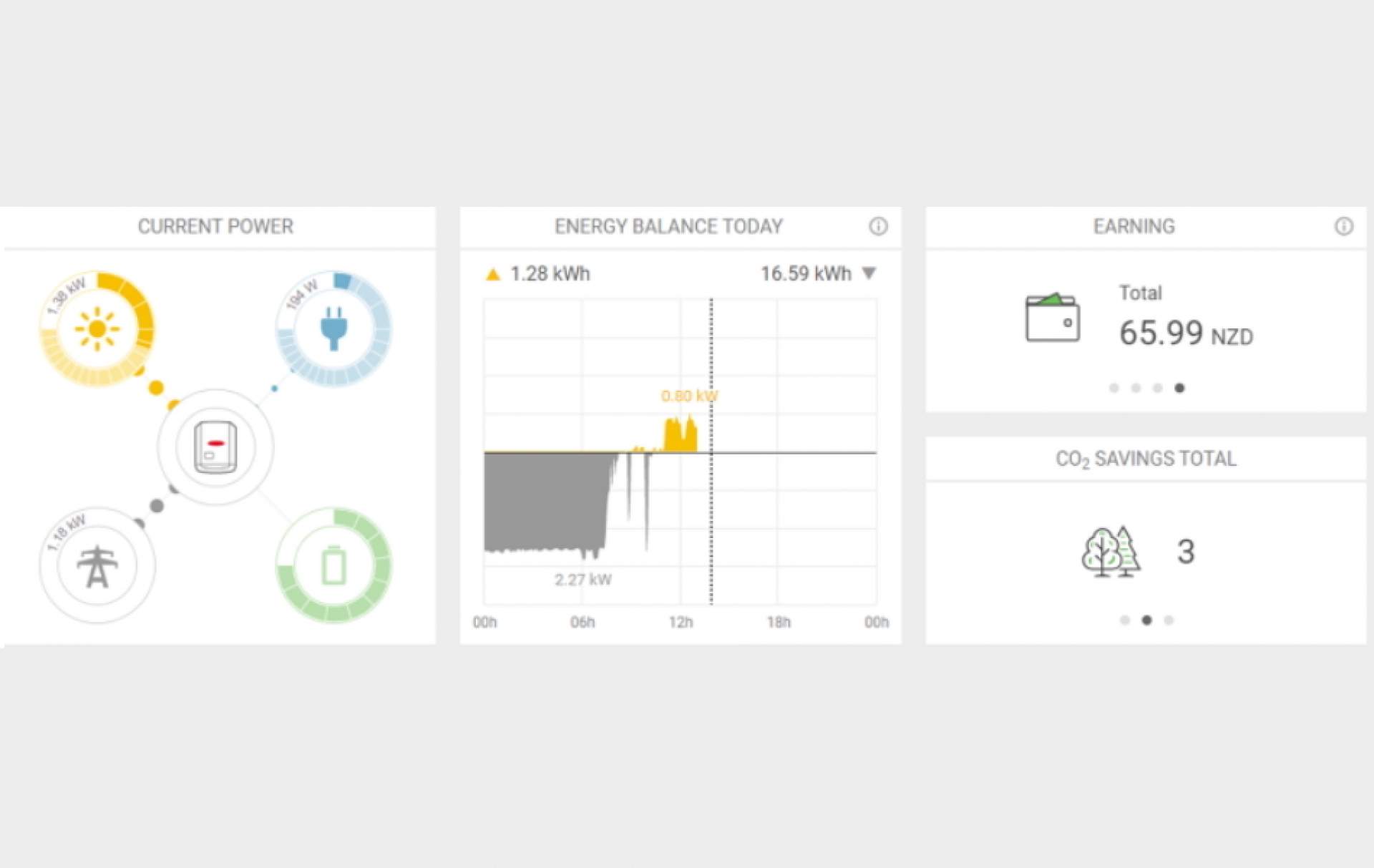Dipping my toes in the water
Hello and thanks for taking the time to start reading this piece. I will thank you again at the end, if you finish.
My name is Greg Bodeker and I have been asked by Tourism Central Otago to write a piece for every monthly newsletter. Given that I am neither a tourism service provider nor a tourist, and know next to nothing about tourism, this request came as a bit of a surprise to me. This may not give you much confidence that continuing to read is worth your while but, perhaps, hang in for a bit.
I am a climate scientist (now maybe even more of you have left?). After finishing my PhD in 1994 in South Africa I came to New Zealand and started working for NIWA (yes, at the NIWA site out at Lauder). 15 years, 4 months, and 6 days later (not that I was counting) I decided that a long-term, secure, well-paying and (largely) enjoyable job wasn’t the thing for me, and I headed off to start my own independent research organization, Bodeker Scientific. Bodeker Scientific has been running for a little over 12 years. In that time, I have become considerably greyer, about 5kg heavier, and about 2cm shorter as the weight of responsibility has taken its toll. But, contrary to my expectations, I appear to have survived.
So, what about these ‘pieces’ that I am to write for this newsletter? First, I am here to serve you. If there is something that you want to know about that is related to climate change, sustainability, renewable energy, or that sort of thing, email me (greg@bodekerscientific.com) and I will do my best to write something about that in the next couple of months. In the absence of any such requests, I am going to write about what I want to write about. Please take this threat seriously.
For this month I am going to write about dipping my toes into the water of renewables. Several years ago I got solar hot water heating for my house, but I’m not counting that. Then, in May/June of this year I decided that I was sick and tired of buying petrol and decided to get an electric vehicle (EV). As much as I would have preferred a Tesla, I could only afford a second-hand Leaf.
To the person who drives the red Tesla around town: if you would like to swap, I am happy to talk.
I ordered my Leaf just around the time that the EV rebate was announced. I had to delay registering the car by one week to be eligible for the rebate, but such is life. OK, by now I expect all ute owners have stopped reading.
So, I got the EV. It’s great! It’s blue. It’s wonderful to drive. I had to up my medication to deal with range anxiety but that has also made me a happier person and, as a result, I believe a better driver (nowhere near as aggressive as before). The downside was that the electricity bill increased, e.g., September 2020 was $214.12 while September 2021 was $270.90 – OK maybe not as bad as I thought (I have figured that running the EV is equivalent to paying about 25c per litre of petrol).
But still, how to get the power bill down? Well, solar photovoltaics (PV) seemed to be the way to go. PV for the EV I reckoned. So I phoned up Wanaka Solar (yes, free advertising for them) and got them to install solar panels on my house roof. They did a great job, and it has been so much fun. I spend all day in the office looking at a screen that looks like this:

It is animated and looks better than this in real life (come to my office if you want to take a look). Today is somewhat cloudy/rainy so right now it is only generating 1.38kW. The house is using 194W and I am selling 1.18kW to all of you who don’t have solar PV. I have had it set up so that there is a special plug in the garage that I can use to only charge the EV when there is enough power coming off the roof. Have a look at the figure below from 25 November (a fairly sunny day):

The blue line shows electricity being used, filled-in yellow where that was provided by solar PV (see the EV charging during the day only when there was excess power), and filled-in grey shows power that I was exporting to the grid. Great fun!
Except now I have realized that, other than for the EV, when I need power (around breakfast and dinner) is not when I am generating a lot of it (around midday). I need a battery! Ah, but my car has one. A big one (40kWh). So, the next step is to figure out how to two-way connect my car to the house so that I can also pull electricity from the car battery to power the house.
If, at some time in the near future, the lights around Alex suddenly dim, and a puff of smoke comes from my garage, you will know that I have failed in that quest and that you won’t need to read any more of these pieces. Until then, brace yourselves (or send me ideas of what you would like me to write about). Thank you for making it to the end.
Related Stories
-

Batteries and storing energy
“Nothing is more dangerous than an idea when it’s the only one we have” as Émile-Auguste Chartier once said. This quote springs to mind when I think of the Lake Onslow scheme. For those who may not know about the Lake Onslow scheme, the idea is to convert Lake Onslow, which sits in a shallow depression in the hills between Roxburgh and Middlemarch, into a giant battery. Importantly, Lake Onslow is around 685m above sea level while the Clutha River downstream from Roxburgh is at around 94m above sea level. That’s a 591m difference (see, those three years of maths at university are paying off).
Read more about Batteries and storing energy -

Extreme events and climate change
Consider the Paris Agreement where countries around the world have agreed to reduce greenhouse gas emissions with the goal of limiting global warming to well below 2°C, preferably to 1.5°C, compared to pre-industrial levels. Some people think “Who cares? It was 2°C warmer today than it was yesterday. 2°C is peanuts!”. Or consider sea-level rise. That could be around 3mm/year along the coast of Otago. That’s 3cm in a decade. Again peanuts, right? A wave could be 5 metres high so why are we worried about a 3cm rise over a decade?
Read more about Extreme events and climate change -

The Central Otago Destination Management Plan and Climate Change
CODC recently released its Destination Management Plan (DMP). I have read it and I think it’s excellent – and painful. Why painful? Because change is painful and this DMP highlights many changes to the way we do things that will be required. In this piece, I am going to share my thoughts on those aspects of the required changes articulated in the DMP that relate to climate change and are directly relevant to tourism services providers. Climate change poses an existential threat to some of the values that underpin the DMP, in particular Mauri - pressures imposed by land and water use are already being exacerbated by climate change and will be more so in the future.
Read more about The Central Otago Destination Management Plan and Climate Change -

Wood-burners and climate change
I often get asked about whether using wood-burners for interior heating contributes to climate change. For the purposes of this article, let’s set aside the effects that the use of wood-burners have on out-door air quality. Smoke from using wood-burners contributes to poor air quality; you only need to walk around Alexandra on a cold winter’s night with a strong inversion layer to notice that. But that’s mostly a different issue to climate change – I say ‘mostly’ because the aerosols (smoke) from wood-burners, if anything, make a small contribution to cooling the climate by reflecting solar radiation back to space before it reaches the ground.
Read more about Wood-burners and climate change






